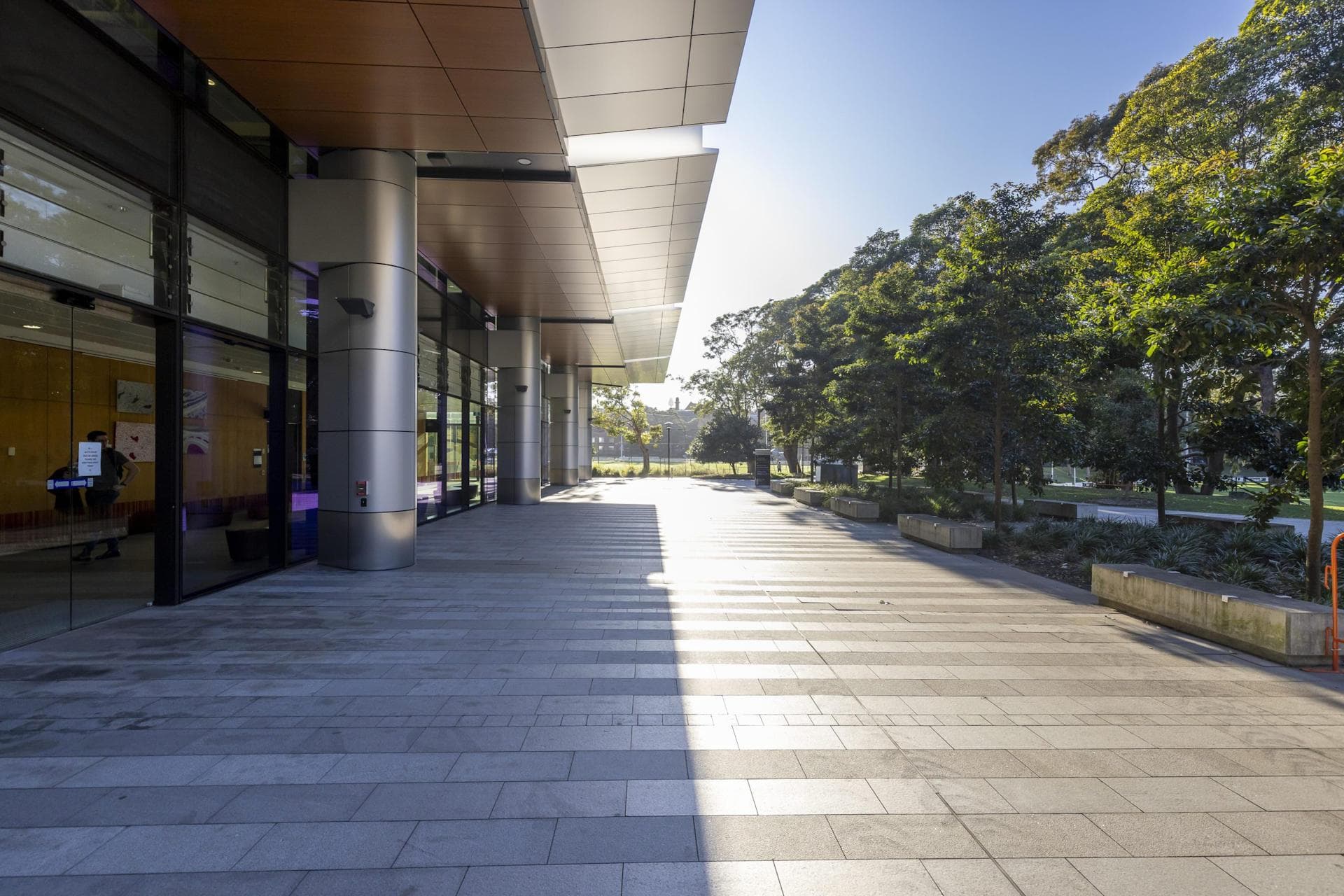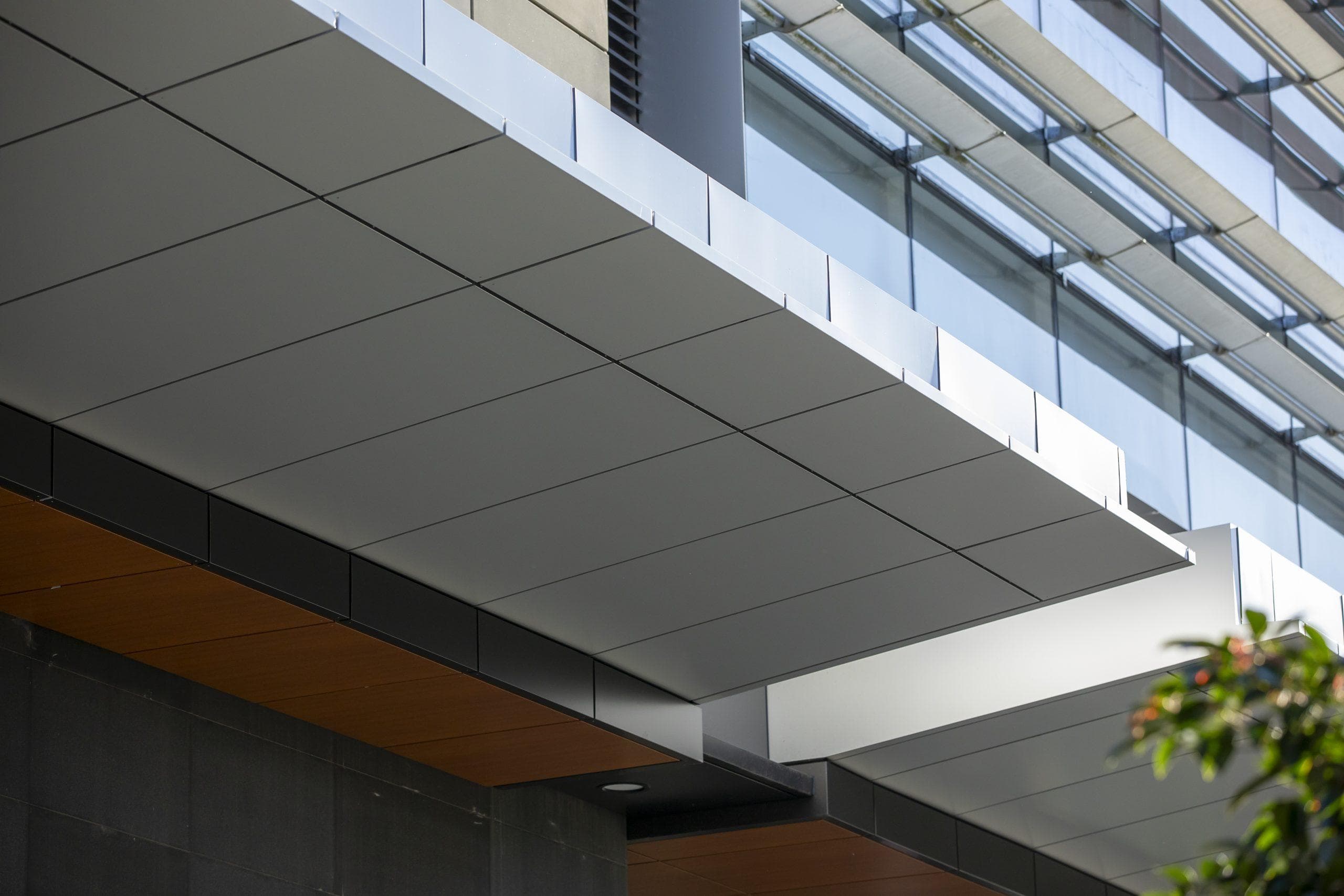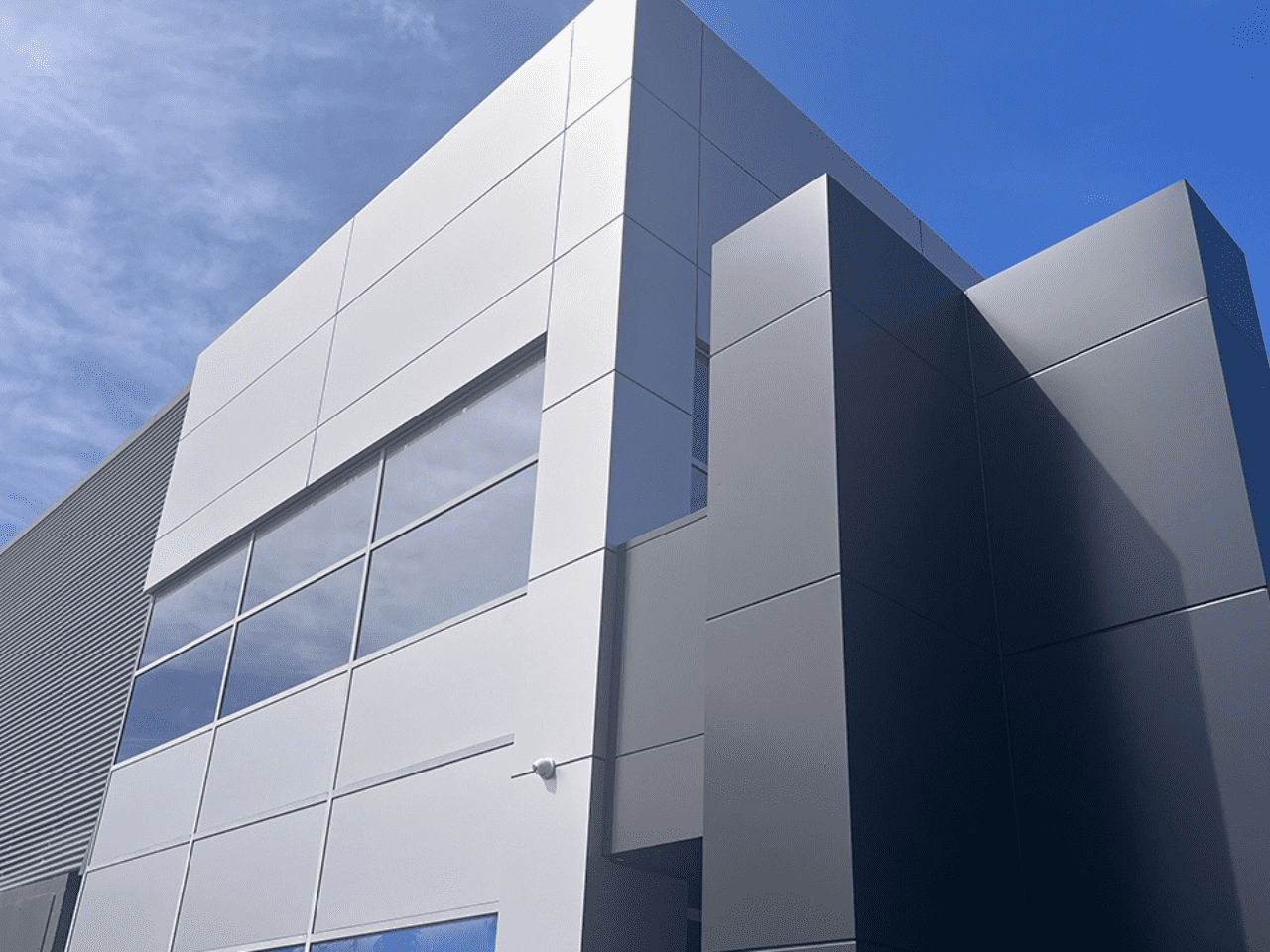Environmental Product Declarations – A key requirement in external facade selection
In this whitepaper, we take a closer look at EPDs, what they are, how they work, their benefits, and the important role they play in design and construction.
Specifying eco-friendly and sustainable products is one way to reduce the impact of building and construction on the natural environment. With the plethora of building products on the market, objective and unbiased environmental information is needed to enable architects and specifiers to compare similar products based on their environmental performance. For this purpose, no tool is more important than Environmental Product Declarations (EPDs).
In this whitepaper, we take a closer look at EPDs, what they are, how they work, and their benefits. In doing so, we demonstrate the importance of EPDs in design and construction, and their positive impact on sustainable building, particularly in the context of external facade selection.
Related Articles

Understanding Facade Warranties: What Designers Should Ask Before Specifying Cladding
Warranties are often overlooked until problems arise, but they are one of the most important safeguards in façade specification. This white paper helps designers understand what is really covered, what is not, and the right questions to ask before signing off. Learn how to assess warranty terms, minimise project risk and protect long-term façade performance.

A declaration is a disclosure, not a sustainability guarantee: Network Architectural debunks the EPD myth
Environmental Product Declarations (EPDs) are invaluable for transparency, but they don’t automatically make a product sustainable. As Llewellyn Regler explains, EPDs are disclosure tools, not guarantees. This article unpacks the myth, showing why specifiers must look beyond the label to durability, maintenance, lifecycle cost and embodied carbon to achieve genuinely sustainable outcomes.

Specifying sustainable aluminium: Understanding the real environmental footprint of façade materials with LCA
Life Cycle Assessment (LCA) is fast becoming a must-have for architects navigating embodied carbon caps and stricter procurement standards. Yet, not all aluminium cladding is created equal. In this article, we break down how LCA helps specifiers cut through assumptions, compare Environmental Product Declarations (EPDs), and make sustainable, evidence-based design choices with confidence.
